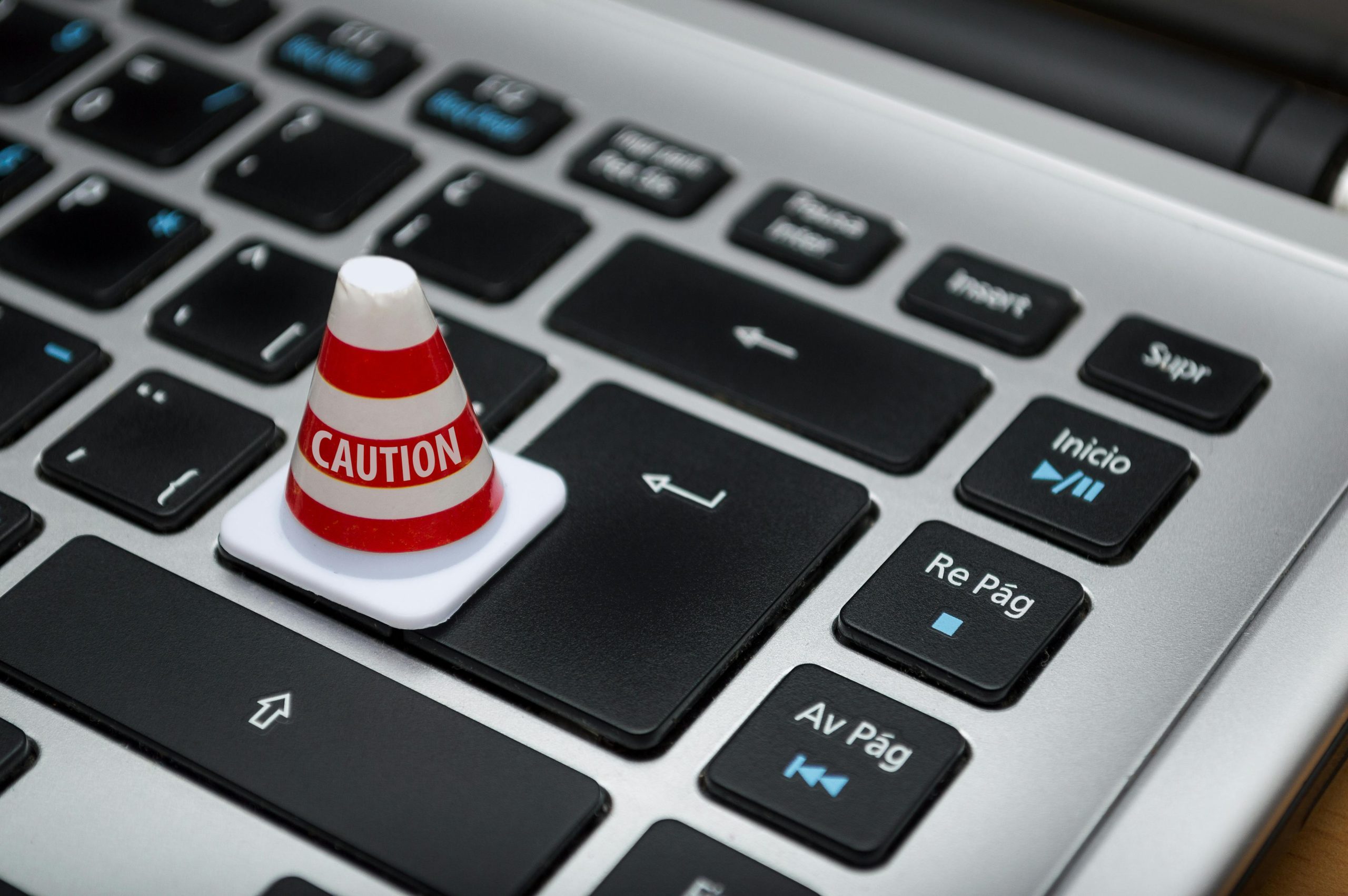Did you know that 43% of all cyberattacks target small businesses? Yet, most SMBs aren’t prepared to deal with them. Unlike large enterprises, smaller companies often lack the in-house resources and expertise to build a strong cybersecurity defense—and hackers know it.
Whether you’re a business owner or manager, you don’t need to be a tech expert to protect your organization. You just need to understand where the biggest risks are—and what practical steps you can take to reduce them.
Here are the top 5 cybersecurity threats facing small businesses in 2025, and more importantly, how you can protect your business, your customers, and your reputation.
1. 🎣 Phishing & Social Engineering
What it is:
Phishing is the art of tricking people—usually via email—into clicking malicious links, downloading infected attachments, or handing over confidential information. Social engineering can also happen via phone calls, texts, or even in person.
Why it’s dangerous:
Phishing is the leading cause of ransomware attacks and data breaches. It targets your team’s trust, not just your technology.
Real-world example:
An employee at a small law firm clicked on a fake DocuSign email. Within hours, ransomware encrypted the entire file server—crippling the business for days and forcing the firm to pay thousands in ransom.
How to fix it:
-
Train your employees regularly on how to recognize phishing attempts.
-
Use email filtering and threat detection to catch malicious emails before they reach inboxes.
-
Implement multifactor authentication (MFA) to protect accounts even if credentials are stolen.
-
Simulate phishing attacks to test and reinforce your team’s readiness.
2. 🔐 Weak or Reused Passwords
What it is:
Simple passwords like “Password123” or reused logins across multiple services make it easy for attackers to break in using automated tools.
Why it’s dangerous:
Once a hacker has one password, they often try it across email, file sharing, banking platforms—you name it.
How to fix it:
Enforce strong password policies with minimum character requirements and complexity rules.
Require unique passwords for every system or account.
Use a business-grade password manager like 1Password or Bitwarden to securely store and generate strong passwords.
Turn on MFA across all critical services to add another layer of protection.
3. 🧱 Unpatched Software and Systems
What it is:
Every piece of software your business uses—from your CRM to your Wi-Fi router—needs updates. Unpatched software contains known vulnerabilities that hackers actively exploit.
Why it’s dangerous:
Cybercriminals don’t need to “hack in” when they can just walk in through an unlocked door.
How to fix it:
Create a patching schedule to update systems at least once a month.
Use automated patch management tools or work with an IT provider who handles this for you.
Retire outdated or unsupported systems, such as Windows 7 or legacy firewalls, that no longer receive security updates.
Don’t forget hardware—firmware updates are just as important for routers, firewalls, and printers.
4. 💣 Ransomware & Data Loss
What it is:
Ransomware locks you out of your data until you pay a ransom, usually in cryptocurrency. Even if you pay, recovery isn’t guaranteed—and it can cost your business thousands in lost productivity and damage to your reputation.
Why it’s dangerous:
Ransomware can bring your operations to a screeching halt. For SMBs, even a day of downtime can be devastating.
How to fix it:
Back up critical data daily, with one backup stored offsite and one offline (air-gapped).
Use next-gen antivirus or endpoint detection and response (EDR) to catch threats before they spread.
Segment your network so ransomware can’t spread from one infected machine to your entire environment.
Test your backups regularly—a backup is only as good as your ability to restore from it.
5. 🧍 Insider Threats—Both Malicious and Accidental
What it is:
An insider threat could be a disgruntled employee stealing data or a well-meaning team member who accidentally shares a confidential file with the wrong person.
Why it’s dangerous:
Insiders already have access. All it takes is one careless click, sync, or download to create a breach.
How to fix it:
Implement role-based access control (RBAC)—only give employees access to the systems and data they need.
Monitor user activity for unusual behavior, such as large file transfers or access from unfamiliar locations.
Revoke access immediately when someone leaves the company or changes roles.
Educate staff on best practices for handling sensitive information, using cloud storage, and avoiding risky behavior.
💡 Bonus Tip: Security Is a Culture, Not a Checkbox
Cybersecurity isn’t a one-time fix—it’s a mindset. Businesses that succeed in staying safe don’t just buy tools; they build a culture of awareness and responsibility.
That means:
Leadership must set the tone and lead by example.
Security should be part of onboarding and team communication.
Your IT policies should evolve with your business.
🔚 Conclusion
Cybersecurity threats are growing, but so is your ability to stop them—if you take action.
The five risks we covered today—phishing, weak passwords, unpatched systems, ransomware, and insider threats—represent the most common ways small businesses are attacked. But they’re also preventable with the right combination of tools, training, and mindset.
✅ Ready to take the next step?
Let us help you assess your current cybersecurity posture and implement smart, cost-effective protections.
Book a Free IT Consultation
Or download our free checklist:
“The Small Business Cybersecurity Starter Guide”

Leave a Reply